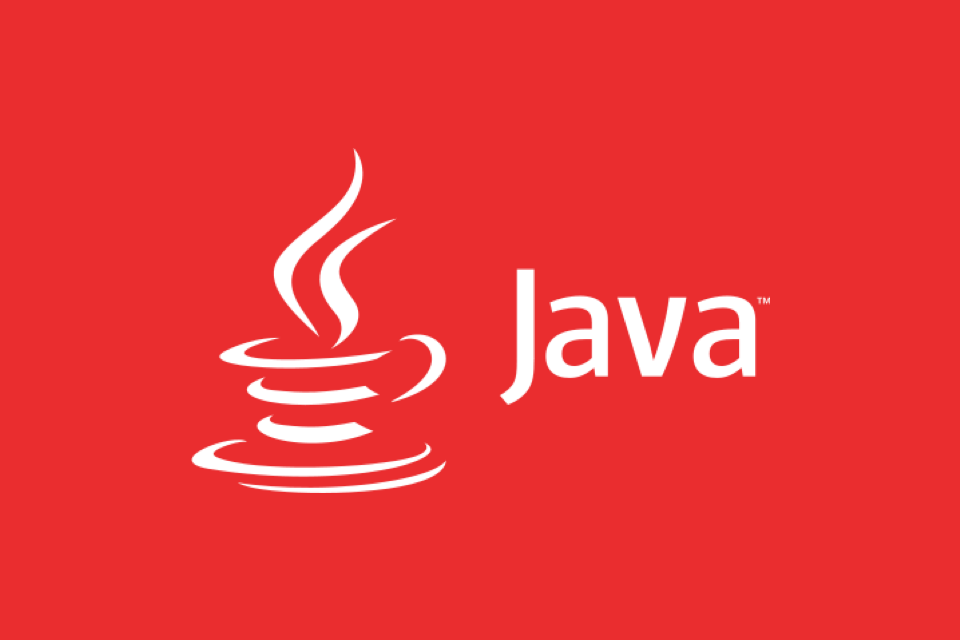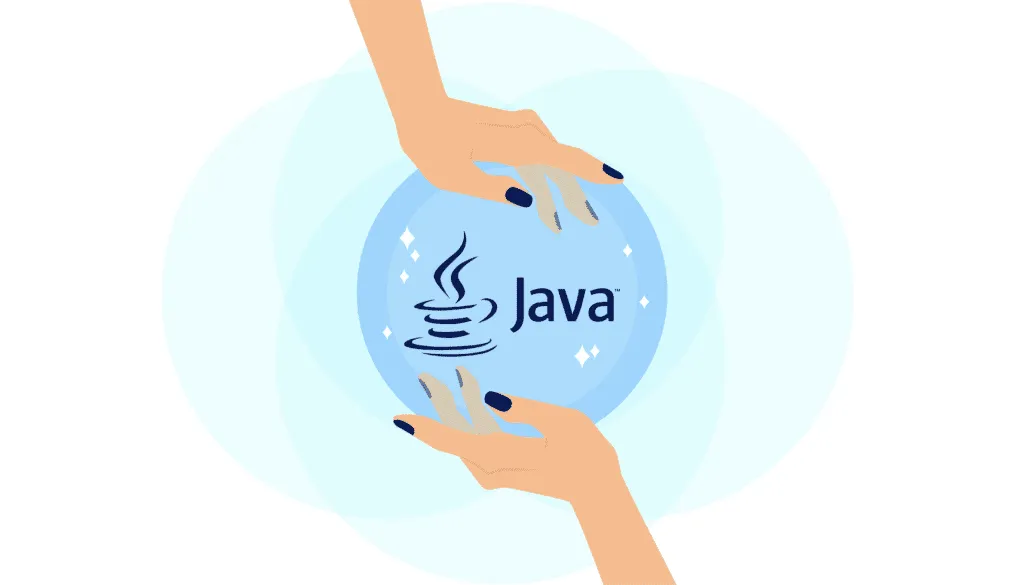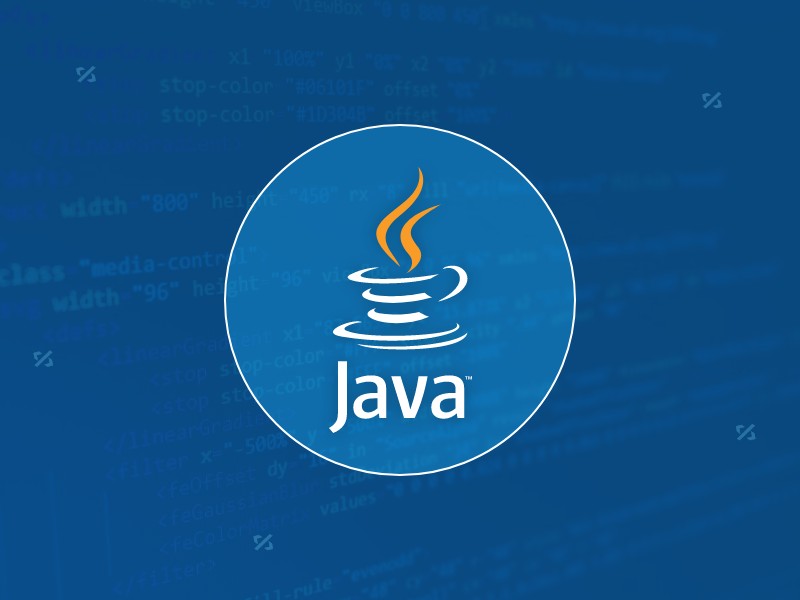Implementing Dependency Injection in Java Applications
Jul 04, 2025 am 01:14 AMDependency injection (DI) achieves decoupling through the dependencies of external control objects, improving code testability, maintainability and flexibility. 1. DI is a design pattern, and the core is to create it by external incoming dependencies rather than objects themselves; 2. Common injection methods include constructor injection (most commonly used), Setter injection (applicable to optional dependencies), and field injection (not recommended); 3. DI can be implemented manually, such as passing dependencies through constructors; 4. Use the Spring framework to simplify dependency management, and automatically handle dependencies through @Component and @Autowired annotations; 5. Pay attention to avoiding complex constructors and bean conflicts, not all classes require framework management. Mastering these key points can help you apply DI in Java more efficiently.

Implementing dependency injection (DI) in Java applications is the core of decoupling the dependencies between components and separating the creation and use of objects. The benefit of doing this is to improve the testability, maintainability and flexibility of the code. If you are just starting to get involved in DI, you may find it a bit abstract, but in fact, you can easily get started by just mastering a few key points.

What is dependency injection? Why do you need it?
Dependency injection is a design pattern. Its core idea is to control the dependencies of the object from the outside, rather than to create or find dependencies by the object itself . This may sound a bit confusing, for a simple example:

For example, you have an EmailService class that is used by UserService . If you do not use DI, UserService may directly new an EmailService instance. The problem with this is that if you want to change the service sent by SMS in the future, you have to modify UserService code.
Through dependency injection, you can pass EmailService as a parameter to UserService , or the framework will automatically inject it for you, thus achieving loose coupling.

There are three common dependency injection methods:
- Constructor injection
- Setter Injection
- Field injection (not recommended)
Constructor injection is most commonly used and is easiest to test; Setter injection is suitable for optional dependencies; field injection is simple to write, but it is not conducive to testing and maintenance, so it is recommended to use it less.
How to implement a simple DI manually?
If you don't want to introduce frameworks like Spring or Dagger from the beginning, you can also manually implement a simple dependency injection logic. Take constructor injection as an example:
class EmailService {
public void sendEmail(String to, String message) {
System.out.println("Sending email to " to ": " message);
}
}
class UserService {
private EmailService emailService;
public UserService(EmailService emailService) {
this.emailService = emailService;
}
public void registerUser(String email) {
// do something
emailService.sendEmail(email, "Welcome!");
}
}Then in the main program:
EmailService emailService = new EmailService();
UserService userService = new UserService(emailService);
userService.registerUser("user@example.com");Although "manual", this approach clearly demonstrates the nature of DI: dependencies are not created internally, but are passed from outside . This is helpful for understanding the principles of DI.
Dependency injection using Spring framework
Once the project becomes larger, manual management of dependencies will become cumbersome, and this is the time to simplify this process with the help of the Spring framework. Spring is one of the most mainstream DI containers in the Java ecosystem.
To implement DI using Spring, there are two main steps:
- Add annotations on the class to indicate which classes need to be managed by Spring
- Automatically inject dependencies using @Autowired annotation
Continue with the above example:
@Component
class EmailService {
public void sendEmail(String to, String message) {
System.out.println("Sending email to " to ": " message);
}
}
@Component
class UserService {
@Autowired
private EmailService emailService;
public void registerUser(String email) {
emailService.sendEmail(email, "Welcome!");
}
}After Spring starts, these classes will be automatically scanned and the dependencies between them will be handled. You just need to focus on business logic.
A few points to note:
- Don't do too many complicated operations in the constructor, as it can easily lead to initialization failure.
- Try to avoid multiple bean conflicts, which can be specified explicitly through @Primary or @Qualifier
- If you try to inject it in a non-Spring-managed class, it will not take effect
Tips: Don't over-reliance on frameworks
Although frameworks like Spring are very useful, DI frameworks are not necessarily required in some small projects or tool classes. Manually implementing dependency injection is sometimes more intuitive and easier to debug.
In addition, some developers are accustomed to adding @Component or @Service to each class, but in fact, not all classes need to be managed by containers. Only classes that do need to be used by other components should be handed over to Spring.
To summarize:
- Identify which classes need to be injected and which are just ordinary auxiliary classes
- Constructor injection is the clearest way
- Framework is a tool, don't use it for the sake of use
Basically that's it. If you master these points well, it will not be too difficult to apply DI in Java.
The above is the detailed content of Implementing Dependency Injection in Java Applications. For more information, please follow other related articles on the PHP Chinese website!

Hot AI Tools

Undress AI Tool
Undress images for free

Undresser.AI Undress
AI-powered app for creating realistic nude photos

AI Clothes Remover
Online AI tool for removing clothes from photos.

Clothoff.io
AI clothes remover

Video Face Swap
Swap faces in any video effortlessly with our completely free AI face swap tool!

Hot Article

Hot Tools

Notepad++7.3.1
Easy-to-use and free code editor

SublimeText3 Chinese version
Chinese version, very easy to use

Zend Studio 13.0.1
Powerful PHP integrated development environment

Dreamweaver CS6
Visual web development tools

SublimeText3 Mac version
God-level code editing software (SublimeText3)

Hot Topics
 Selecting Specific Columns | Performance Optimization
Jun 27, 2025 pm 05:46 PM
Selecting Specific Columns | Performance Optimization
Jun 27, 2025 pm 05:46 PM
Selectingonlyneededcolumnsimprovesperformancebyreducingresourceusage.1.Fetchingallcolumnsincreasesmemory,network,andprocessingoverhead.2.Unnecessarydataretrievalpreventseffectiveindexuse,raisesdiskI/O,andslowsqueryexecution.3.Tooptimize,identifyrequi
 What is Dependency Injection (DI), and how can it be implemented in C# (e.g., using built-in DI in ASP.NET Core)?
Jun 30, 2025 am 02:06 AM
What is Dependency Injection (DI), and how can it be implemented in C# (e.g., using built-in DI in ASP.NET Core)?
Jun 30, 2025 am 02:06 AM
DependencyInjection(DI)inC#isadesignpatternthatenhancesmodularity,testability,andmaintainabilitybyallowingclassestoreceivedependenciesexternally.1.DIpromotesloosecouplingbydecouplingobjectcreationfromusage.2.Itsimplifiestestingthroughmockobjectinject
 What is the `enum` type in Java?
Jul 02, 2025 am 01:31 AM
What is the `enum` type in Java?
Jul 02, 2025 am 01:31 AM
Enums in Java are special classes that represent fixed number of constant values. 1. Use the enum keyword definition; 2. Each enum value is a public static final instance of the enum type; 3. It can include fields, constructors and methods to add behavior to each constant; 4. It can be used in switch statements, supports direct comparison, and provides built-in methods such as name(), ordinal(), values() and valueOf(); 5. Enumeration can improve the type safety, readability and flexibility of the code, and is suitable for limited collection scenarios such as status codes, colors or week.
 Applying Semantic Structure with article, section, and aside in HTML
Jul 05, 2025 am 02:03 AM
Applying Semantic Structure with article, section, and aside in HTML
Jul 05, 2025 am 02:03 AM
The rational use of semantic tags in HTML can improve page structure clarity, accessibility and SEO effects. 1. Used for independent content blocks, such as blog posts or comments, it must be self-contained; 2. Used for classification related content, usually including titles, and is suitable for different modules of the page; 3. Used for auxiliary information related to the main content but not core, such as sidebar recommendations or author profiles. In actual development, labels should be combined and other, avoid excessive nesting, keep the structure simple, and verify the rationality of the structure through developer tools.
 What is the JDK?
Jun 25, 2025 pm 04:05 PM
What is the JDK?
Jun 25, 2025 pm 04:05 PM
JDK (JavaDevelopmentKit) is a software development environment for developing Java applications and applets. It contains tools and libraries required to compile, debug and run Java programs. Its core components include Java compiler (javac), Java runtime environment (JRE), Java interpreter (java), debugger (jdb), document generation tools (javadoc) and packaging tools (such as jar and jmod). Developers need JDK to write, compile Java code and develop with the help of IDE; without JDK, Java applications cannot be built or modified. You can enter javac-version and java-version in the terminal
 VSCode debugger for Java setup guide
Jul 01, 2025 am 12:22 AM
VSCode debugger for Java setup guide
Jul 01, 2025 am 12:22 AM
The key steps in configuring the Java debugging environment on VSCode include: 1. Install JDK and verify; 2. Install JavaExtensionPack and DebuggerforJava plug-in; 3. Create and configure the launch.json file, specify mainClass and projectName; 4. Set up the correct project structure to ensure the source code path and compilation output are correct; 5. Use debugging techniques such as Watch, F8/F10/F11 shortcut keys and methods to deal with common problems such as class not found or JVM attachment failure.
 How do I set up VS Code for Java development?
Jun 29, 2025 am 12:23 AM
How do I set up VS Code for Java development?
Jun 29, 2025 am 12:23 AM
To use VSCode for Java development, you need to install the necessary extensions, configure the JDK and set up the workspace. 1. Install JavaExtensionPack, including language support, debugging integration, build tools and code completion functions; optional JavaTestRunner or SpringBoot extension package. 2. Install at least JDK17 and verify through java-version and javac-version; set the JAVA_HOME environment variable, or switch multiple JDKs in the status bar at the bottom of VSCode. 3. After opening the project folder, make sure the project structure is correct and enable automatic saving, adjust the formatting rules, enable code checking, and configure the compilation task to optimize the opening.
 Windows search bar not typing
Jul 02, 2025 am 10:55 AM
Windows search bar not typing
Jul 02, 2025 am 10:55 AM
When the Windows search bar cannot enter text, common solutions are: 1. Restart the Explorer or computer, open the Task Manager to restart the "Windows Explorer" process, or restart the device directly; 2. Switch or uninstall the input method, try to use the English input method or Microsoft's own input method to eliminate third-party input method conflicts; 3. Run the system file check tool, execute the sfc/scannow command in the command prompt to repair the system files; 4. Reset or rebuild the search index, and rebuild it through the "Index Options" in the "Control Panel". Usually, we start with simple steps first, and most problems can be solved step by step.






